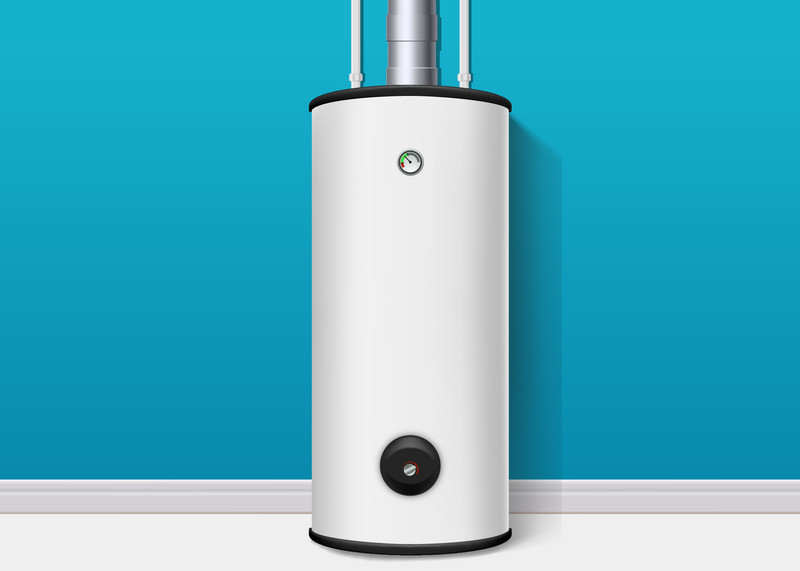How Does a Water Softener Work?

While your water may appear soft by its very nature, minerals found in "hard" water can wreak havoc with your plumbing system — not to mention your skin and hair.
If you're plagued by clogs and leaks, a water-softening system could help reduce the load on your pipes and budget.
What’s a Water Softener?
Water softeners remove hard minerals from the water supply inside your home. There are various types of home water softeners available, and which one you choose depends on the problem you're trying to solve.
Whole-house water softener systems remove minerals from your water supply as it enters the house through the main water line. These systems help prevent limescale from building up inside your pipes, water heaters and other parts of your plumbing system. Mineral deposits can damage your pipes over time, increasing the risk of leaks and blockages.
You can also purchase smaller water softeners to soften the water from a particular fixture. These units are generally smaller and cheaper, but they won't protect your entire plumbing system. Showerhead water softeners are the most affordable option and remove hard minerals from your water before it leaves your showerhead. Again, these units won't remove minerals from your pipework, but they can be helpful if you have eczema or another skin condition exacerbated by hard water.
Whether you need a water softening system depends on the water hardness where you live. If you live in a hard water area (an area with high mineral concentrations in the water supply), a water softener could be a worthwhile investment because it can help you save money on expensive plumbing repairs. You can find out whether you have a hard water supply by checking the U.S. Geological Survey water hardness map. Bear in mind that some water companies soften the water before pumping it to your home, so it's a good idea to check before spending money on a whole-house system.
More Related Articles:
- Calling a Plumber? Here Are the 6 Most Common Plumbing Jobs and How Much They Cost
- 6 Ways to Try to Unclog Your Sink Before You Call a Plumber
- What's in My Plumber's Van?
- Here's How Much It Costs to Remodel a Bathroom
- 6 Tips for Hiring a Plumber
A residential water softener uses a process called ion exchange to remove calcium, magnesium and other hard minerals from your water. Therefore, they reduce the risk of mineral deposits in your plumbing system. They can also help detergents work more effectively, making it easier to clean your hair and skin and minimizing streaks and spots on glassware.
Some people prefer the taste of softened water to hard water because it has a neutral flavor. However, hard water is perfectly safe to drink, provided you have a clean water supply. Water softeners typically prevent excessive amounts of salt from entering your water supply. However, it's worth consulting your doctor before installing a water-softening system if you need to minimize your sodium intake for health reasons.
How Does a Water Softener Work?
Most home water softeners work by swapping mineral ions for sodium or potassium ions. The water flows into your house through the main water line and into your water softener unit. Here, it passes through a tank containing resin beads. The beads are charged with salt ions, which are exchanged for hard mineral ions. Therefore, the minerals attach to the resin instead of flowing into your pipework.
Over time, the amount of sodium or potassium ions held by the resin beads depletes. When this happens, the unit rinses the resin with brine (salt water) to recharge the beads and keep the unit working effectively. You'll need to add sodium chloride or potassium chloride salt to your unit every now and then to provide a steady supply of salt ions.
Elocal Editorial Content is for educational and entertainment purposes only. Editorial Content should not be used as a substitute for advice from a licensed professional in your state reviewing your issue. Systems, equipment, issues and circumstances vary. Follow the manufacturer's safety precautions. The opinions, beliefs and viewpoints expressed by the eLocal Editorial Team and other third-party content providers do not necessarily reflect the opinions, beliefs and viewpoints of eLocal or its affiliate companies. Use of the Blog is subject to the
Website Terms and Conditions.The eLocal Editorial Team operates independently of eLocal USA's marketing and sales decisions.



